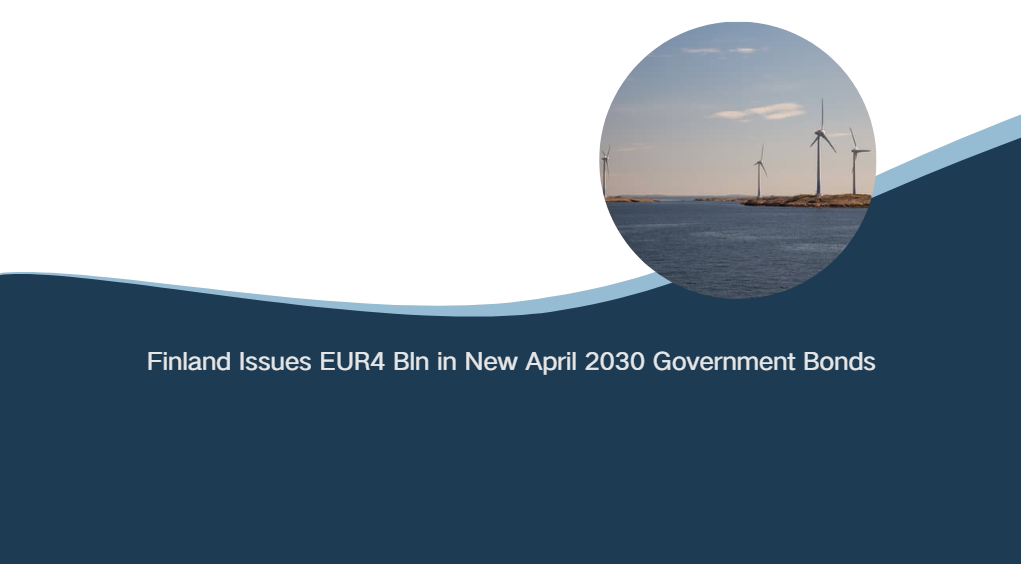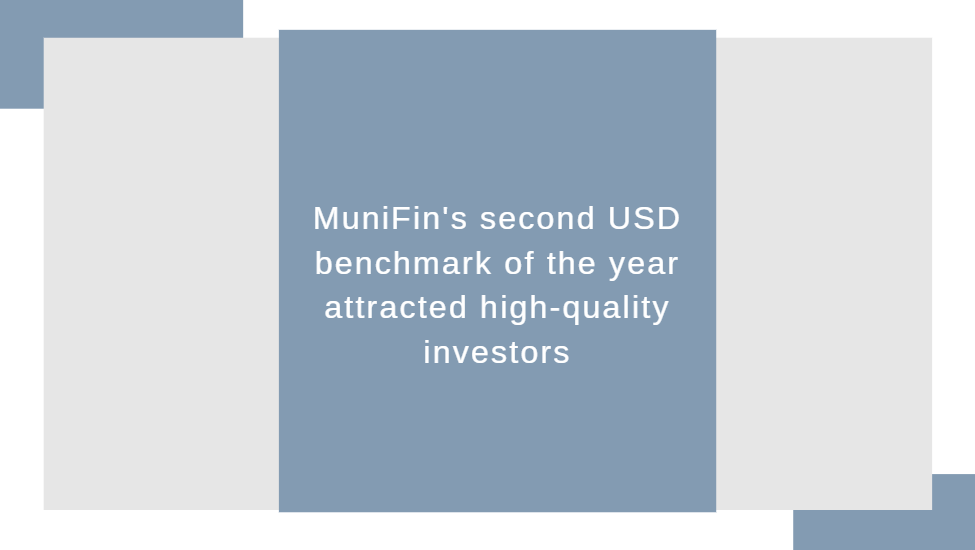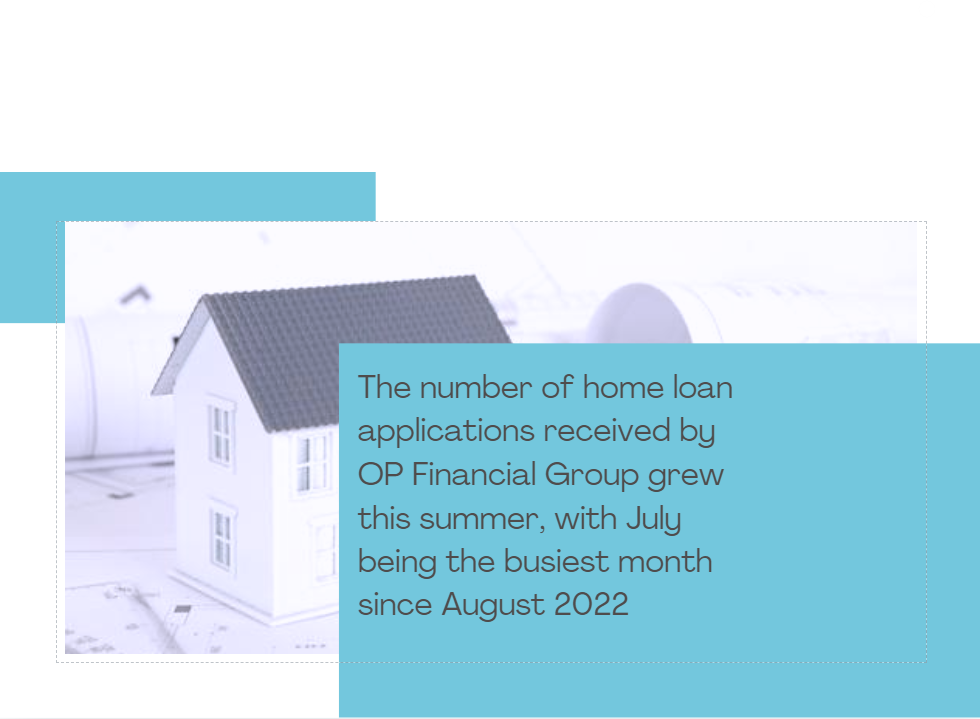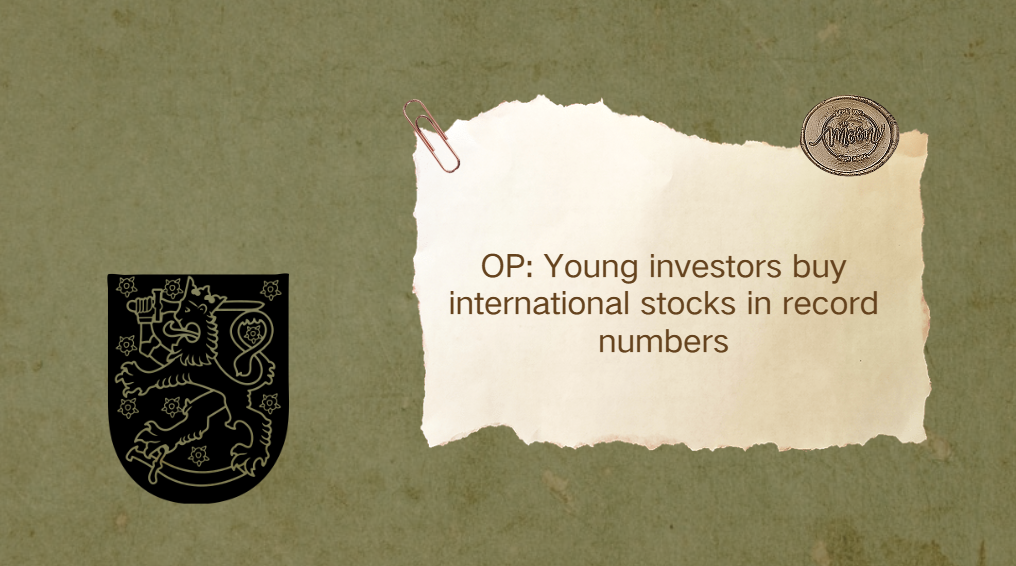OP: Economic recession in Finland subsiding
OP’s economists estimate that the economic recovery in Finland will continue steadily throughout the rest of the year and will gather strength during 2025. On average, gross domestic product (GDP) is expected to decrease in 2024 by 0.5% and grow by 2.0% in 2025. In the most recent economic review, economists’ estimates remain unchanged from the April forecast.
“The economy is showing both positive and negative signs. A positive sign is that the darkest times in terms of the economy have passed, and the economy grew even faster than expected in the first half of the year. A negative sign is that, based on recent information, the recovery in the export market will still remain sluggish in the near future. As a whole, the economic prospects for Finland have remained unchanged at the annual level”, says OP Financial Group’s Chief Economist Reijo Heiskanen.
The Finnish economy rebounded during the first half of the year. The economy will continue its steady recovery throughout the rest of the year, and it will gain speed next year, supported by decreased interest rates and a strengthening export market. Economic growth will be relatively positive in 2025. However, the upturn only means a return to a sluggish growth trend, and the growth rate of GDP will slow down in 2026 to 1.3%.
In spring, exports suffered from industrial actions but bounced back at the beginning of summer. As central export markets are recovering in Europe, exports will gain momentum and will continue to grow quite rapidly next year.
The rise in interest rates hit investments in residential construction particularly hard, and they have been the weakest link in the Finnish economy. Construction has already started clawing out of the deepest pit, and this will be clearly visible in investments next year. Investments will grow rapidly in the next few years.
Spending continues to recover despite returning inflation
Consumer spending has increased in recent years as people have spent their savings gathered during the years of the COVID-19 pandemic. This year, real income is expected to increase quite well, but consumers are saving more than they used to so spending will grow sluggishly. Next year, spending is expected to pick up and grow in line with increasing income.
In recent months, inflation has remained low in Finland. In autumn, inflation will rise due to the increase in VAT, for example, and return to around two per cent for the next few years.
“Inflation is expected to jump to around two per cent in the coming months. Still, this does not stop spending from recovering, as real income is increasing well as a whole”, says Chief Economist Heiskanen.
Unemployment increased and employment decreased until last spring. At the moment, the labour market situation seems to be stabilising, and as the economy recovers, the labour market will pick up again. The amount of employed people will rise in 2026 to its all time high, but the employment rate will fall behind its peak in 2022 due to an increasing working age population.
“As the working age population is increasing and there are more people in the labour market, the economic growth potential is enhanced. The development of labour input will unlikely be an issue for the outlook for growth in the longer term. The issue will most likely relate to the development of labour productivity”, estimates Chief Economist Heiskanen.
The public deficit is at its highest in the current year and will decrease in the coming years due to adjustment measures and the economic recovery. In 2026, the deficit will remain close to its structural level.
World economy grows steadily but at uneven pace
The world economy improved in the first half of the year, based on both economic surveys and GDP growth. In particular, the economic trend of services recovered. On the other hand, the growth in the industrial sector declined again in summer after a promising start earlier this year. As a whole, growth prospects for the world economy are stable in the coming years. Global economic growth will fall slightly behind the average of the previous ten years, which is due to globally declining long-term development.
The economy in the euro area rebounded during the first half of the year, compared to zero growth last year, thanks to exports and spending taking the lead. Industrial growth in the euro area has still remained low, and economic surveys as a whole indicated a worse outlook in the summer after a promising start of the year. The recovery in the euro area will continue sluggishly in the near future. In 2025, the economy will be supported by decreasing interest rates and a better outlook in global industry, and the recovery will proceed at a higher rate.
The deceleration of inflation came to an end in the first half of the year both in the United States and in the euro area. As economic growth is slowing down in the United States, inflation is gradually pushed down. In the euro area, inflation is already now quite close to the two per cent level set by the ECB, and service inflation maintaining inflation is slowly calming down. Inflation in the euro area is reaching two per cent. As inflation is slowing down, monetary policy is easing in the euro area and in the United States.
“ECB is expected to continue to lower interest rates during the autumn. The schedule and exact rates are still uncertain and largely depend on how inflation develops in the euro area. As a result, the trend of market interest rates will continue to fall during the autumn, but the development is more likely to be a winding path than a straight line”, says Lead Economist Tomi Kortela.
Risks associated with the global economic outlook are still higher than usual. This is due to the exceptional situation created by the COVID-19 pandemic, geopolitical tensions and the more usual cyclical risks and vulnerabilities, as well as the issues related to long-term growth outlook.
OP Financial Group’s economic forecasts are available at: https://www.op.fi/op-financial-group/to-the-media/publications/economic-barometers























































First, please LoginComment After ~